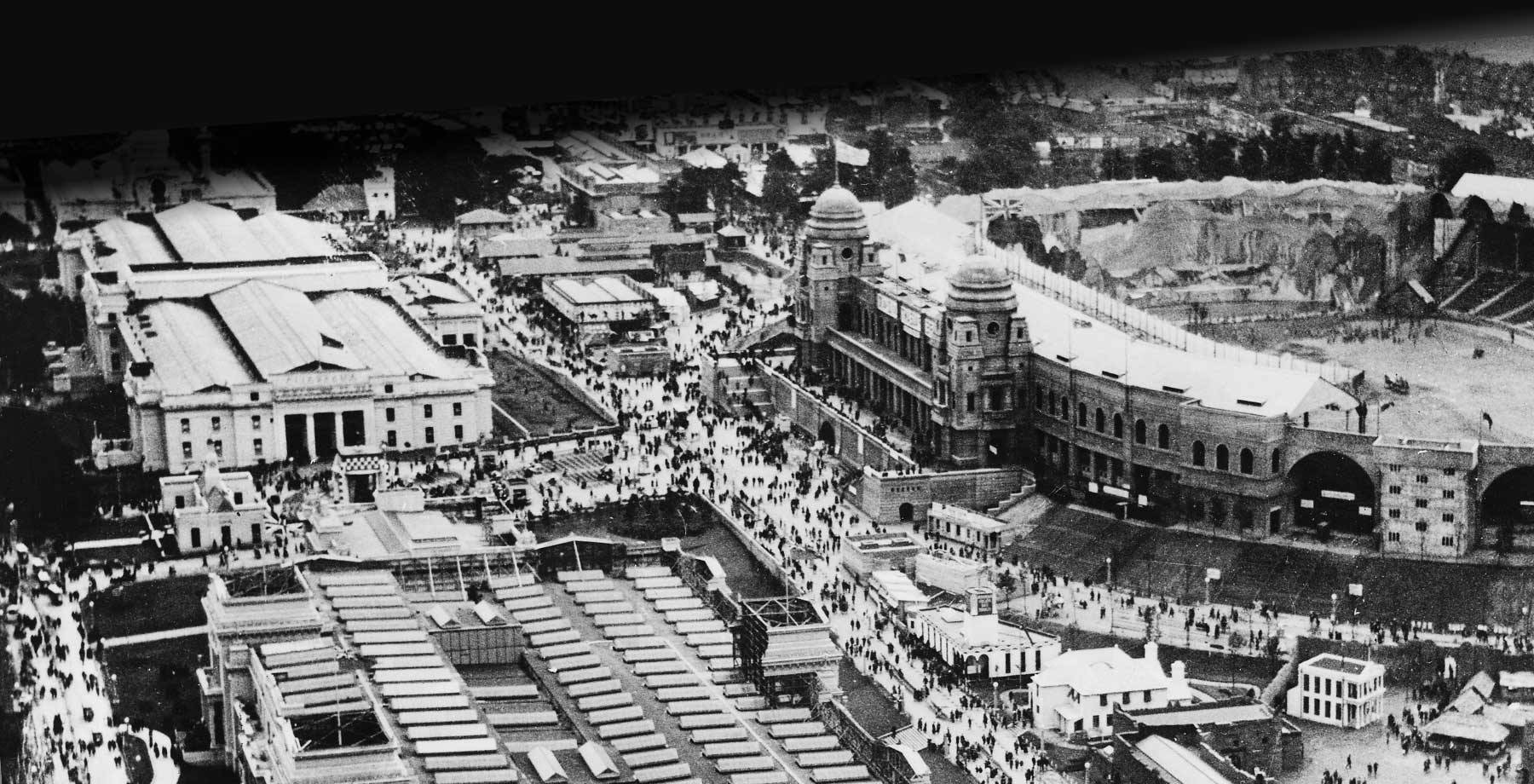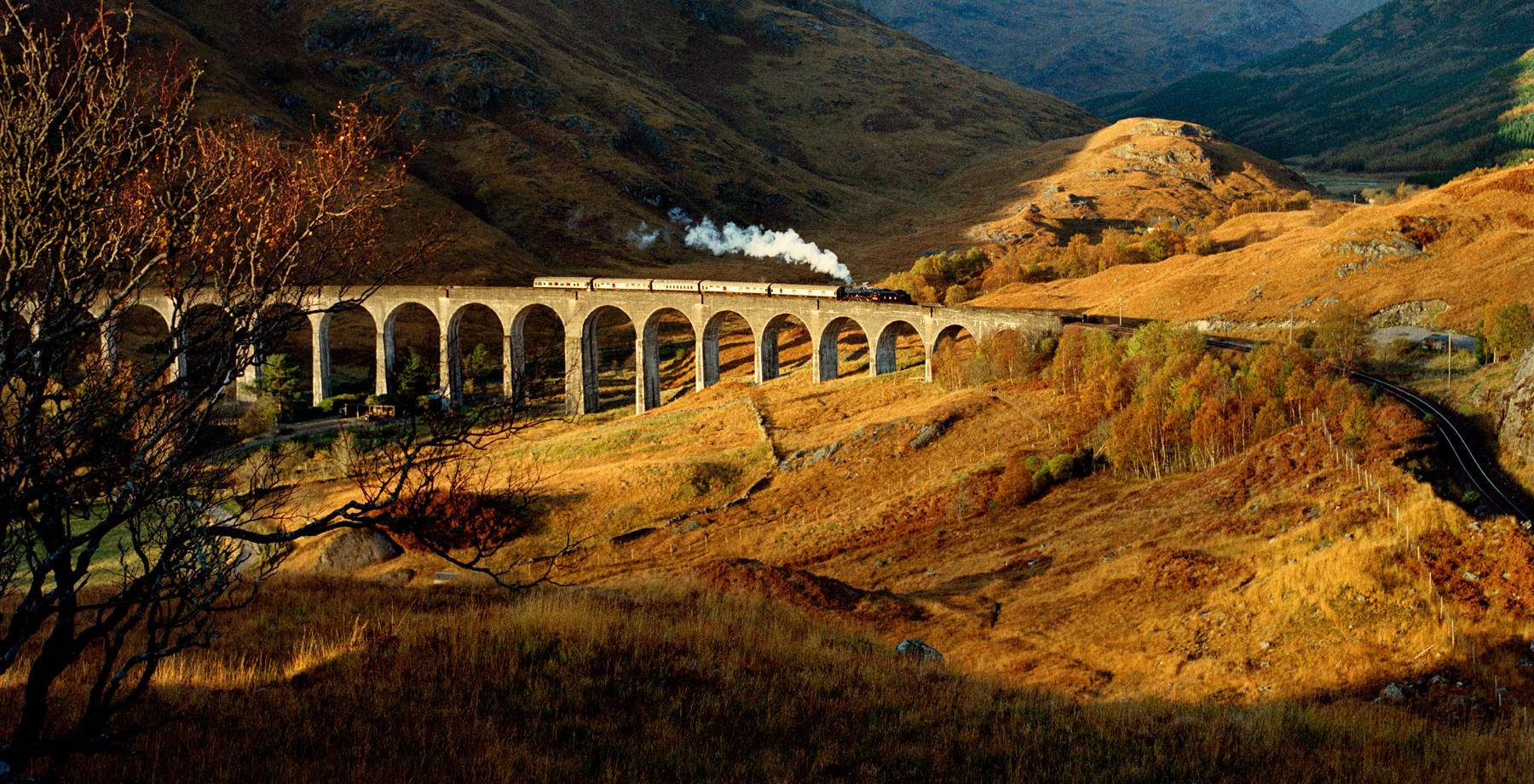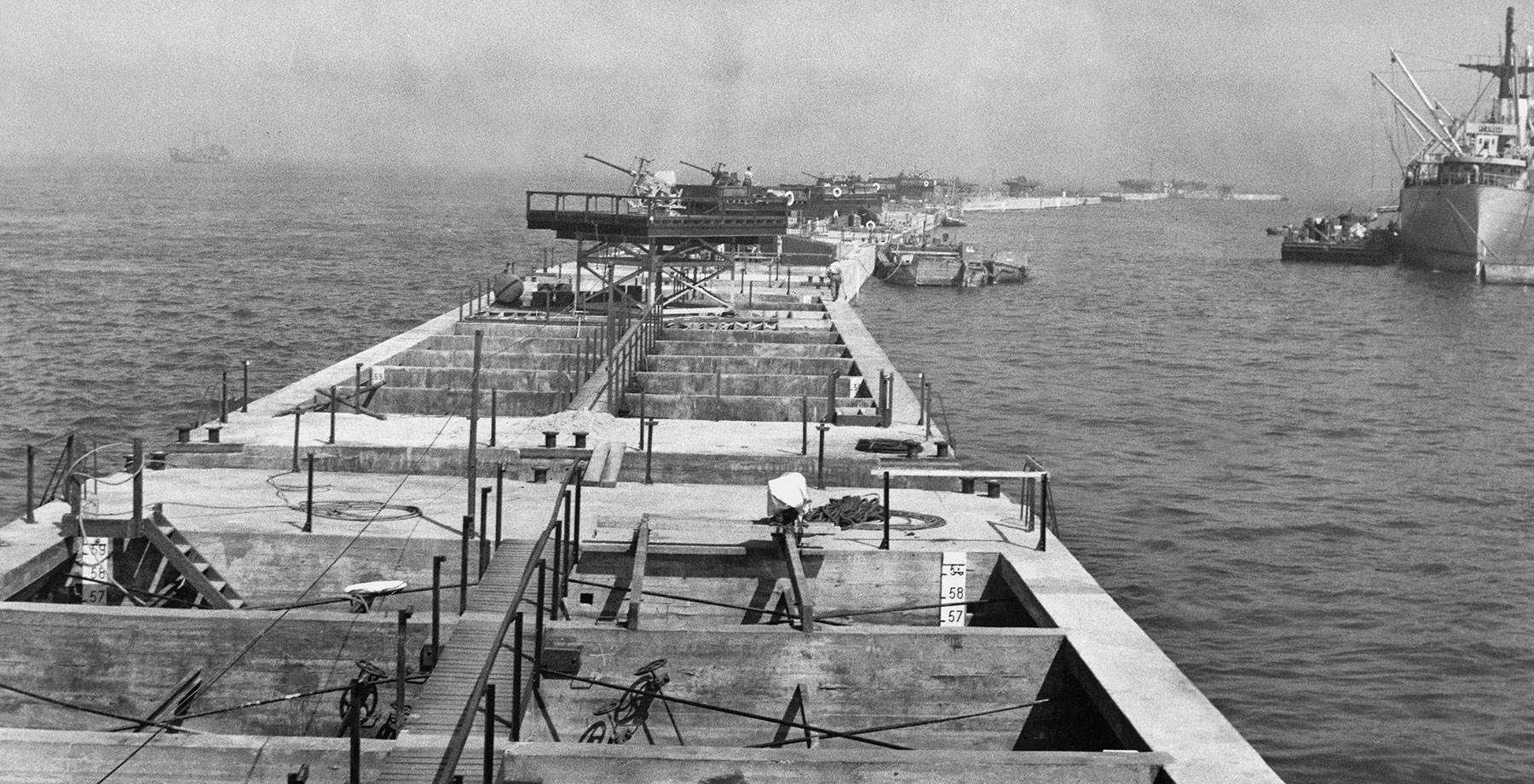- Sector: Infrastructure
- Service: Construction
- Completion date: 1939-1945
Construction of Mulberry Harbours to support the D-Day landings
A military engineering project of unprecedented size and complexity, we played a significant role in the construction of two artificial port facilities to support the allied forces following the D-Day landings in Normandy.
A military engineering project of unprecedented size and complexity, we played a significant role in the construction of Mulberry Harbours.
The two artificial port facilities were designed to supply and support the allied forces following the D-Day landings in Normandy. We constructed part of the concrete breakwaters and built 10 of the 80 largest caissons that created Mulberry Harbours.
The breakwaters were formed from a series of 200ft-long floating concrete caissons which were constructed in docks and harbours along the south coast. These were then towed across the Channel and sunk in position to provide secure deep-water port facilities where none existed. Sir Malcolm McAlpine was chairman of the contractor’s committee responsible for the design and supply of the breakwaters.
Eight of the caissons were constructed in the East India Dock but before the Wet Basin could be used, it had to be dammed across the dock entrance and dewatered. More than 81,000 tonnes of rubble from bomb-damaged buildings was used to form a bed on which the caissons were built. A further two caissons were part-built on the banks of the Thames at Erith and towed upstream for completion. Almost 100,000 tonnes of reinforced concrete were used in the construction of the caissons.
Project Summary
Our Projects
-
 Read more about Transforming the heart of Woking
Read more about Transforming the heart of WokingTransforming the heart of Woking
Sector: Commercial, AccommodationLocation: South -
 Read more about Developing a patient-centred hospital in Somerset
Read more about Developing a patient-centred hospital in SomersetDeveloping a patient-centred hospital in Somerset
Sector: HealthcareLocation: South West -
 Read more about Constructing new communities in Salford
Read more about Constructing new communities in SalfordConstructing new communities in Salford
Sector: AccommodationLocation: North West
A Portrait of Achievement
-
 Read more about Wembley Stadium and the British Empire Exhibition
Read more about Wembley Stadium and the British Empire ExhibitionWembley Stadium and the British Empire Exhibition
Sector: LeisureLocation: London -
 Read more about The Construction of Glenfinnan Viaduct
Read more about The Construction of Glenfinnan ViaductThe Construction of Glenfinnan Viaduct
Sector: InfrastructureLocation: Scotland -
![Mulberry Harbour - photographs courtesy of the Imperial War Museum]() Read more about Historical Projects, 1919-1945
Read more about Historical Projects, 1919-1945Historical Projects, 1919-1945
06 Jan 1900From Wembley Stadium and The British Empire Exhibition to supporting the D-Day landings in Normandy, engineering excellence is at the heart of everything we do.
